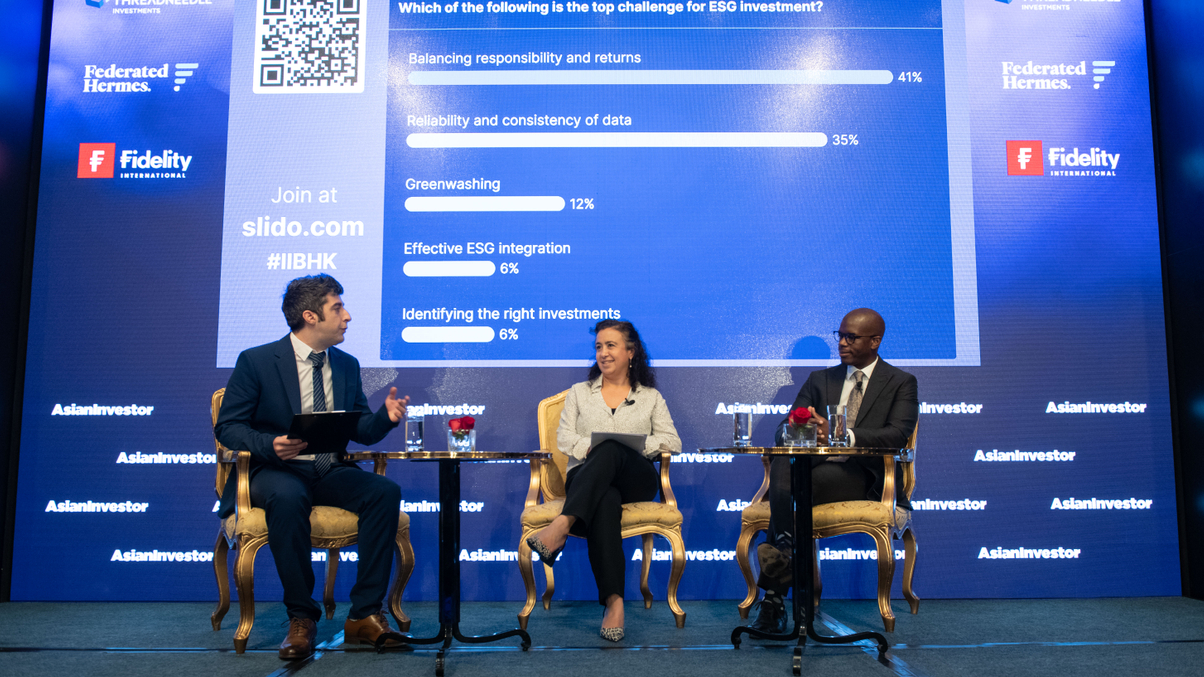Bupa, Prudential tackle Asia’s fragmented ESG landscape
A broad spectrum of regulations across Asia’s various markets presents challenges to the focus on sustainability, but they are not impossible to navigate, according to executives at the two insurers.

The challenges of formulating sustainability or environmental, social and governance (ESG) strategies across Asia’s divergent regulatory landscape can often leave asset owners feeling confused, overloaded with information and even paralysed, according to Rodney Gollo, head of risk at Bupa Asia.
Sign in to read on!
Registered users get 2 free articles in 30 days.
Subscribers have full unlimited access to AsianInvestor
Not signed up? New users get 2 free articles per month, plus a 7-day unlimited free trial.
¬ Haymarket Media Limited. All rights reserved.


